Fort Supply Historic Site
Fort Supply Historic Site
Established as Camp Supply in 1868 in the western part of the Cherokee Outlet, this supply base served General Philip Sheridan's winter campaign against hostile Indian tribes of the southern Great Plains. The fort was also responsible for protecting the Cheyenne and Arapaho Reservations from incursions by whites, and for protecting travelers and southern Kansas from hostile tribes. The camp's name was changed to Fort Supply in 1878 when it was set up as a permanent military post. The fort's troops participated in territorial land openings in the 1880s and 1890s, and in the Cherokee Outlet land opening in 1893. It was closed as a fort in 1894. Today, the Oklahoma Historical Society administers five buildings and a replica stockade at the Fort Supply Historic Site, along with living history events and programs. Listed on the National Register of Historic Places, the fort is open to the public.
Location
Directions
12 miles NW of Woodward on Hwy 270.
Regions
Maps
- 36.572800, -99.553024
- OpenStreetMap
- Google Maps
- Bing Maps
- Apple Maps
- MapQuest
Pictures
Notes
General Info:
Free Admission, Tour Group Services: Tour Bus Parking, Open: May 1 to October 31 9:00 AM to 5:00 PM.
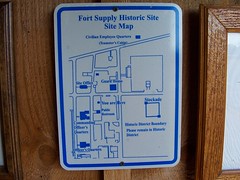
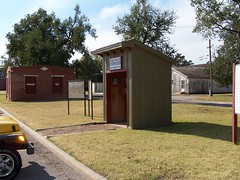

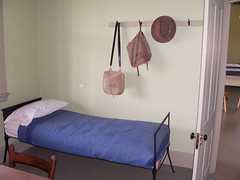
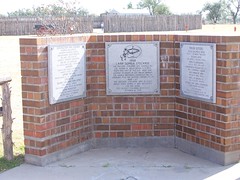
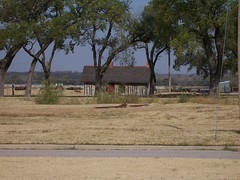
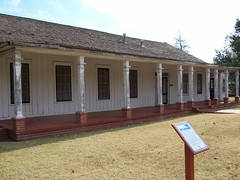
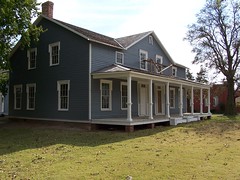
Links:
- Flickr Photo Set: Fort Supply Historic Site
- TravelOK.com
- Woodward Chamber of Commerce
- Wikipedia: Fort Supply
Fort Supply (originally Camp Supply) was a United States Army post established on November 18, 1868, in Indian Territory to protect the Southern Plains. It was located just east of present-day Fort Supply, Oklahoma, in what was then the Cherokee Outlet.
It was built as a "Camp of Supply" for General Philip Sheridan's winter campaign against the Southern Plains Indians. Later, the camp served to protect the Cheyenne and Arapaho Reservations from incursions by whites. It was from Camp Supply that George Armstrong Custer led the Seventh U.S. Cavalry south to the banks of the Washita River to destroy the village of the Cheyenne Indian chief Black Kettle in what is known as the Battle of the Washita. Camp Supply was renamed Fort Supply in 1878 following its role in the Red River War of 1874-1875.
By 1880 the Indian Wars on the Southern Plains were nearly over and the fort was in bad repair. Army officers in the Department of Missouri recommended its abandonment. Philip Sheridan, by then General of the Army, objected[1] and worked to establish the Fort Supply Military Reservation giving permanence to the fort and an accompanying reserve of 36 square miles.
Fort Supply was officially closed September 1894 following the opening of the Cherokee Strip to settlement. One of the last missions troops from Fort Supply performed was bringing to end the violence of the Enid-Pond Creek Railroad War during the summer of 1894. Troops from Fort Reno and U.S. Marshal E.D. Dix and his deputies had been unable to quell the wrecking of trains, destruction of tracks, and demolition of trestles by residents from both communities. On February 26, 1895, the last remaining troops turned over operation of the old fort to the Department of the Interior.
In 1908 Oklahoma located Oklahoma's first insane asylum at the old post—now called the Western State Psychiatric Center. In 1988, the state legislature designated the remaining buildings at the old fort as the Fort Supply Historic District. Shortly afterwards the William S. Key Correctional Center was opened at the site.
The Fort Supply Historic District was placed on the National Register of Historic Places in 1971 (#71000675). - Information is from the book, Mark of Heritage, by Muriel H. Wright. Page Scan at www.forttours.com/pages/mohsupply.asp


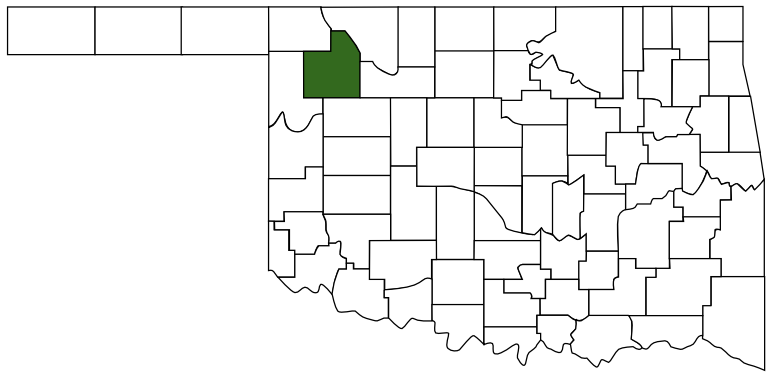 Woodward County
Woodward County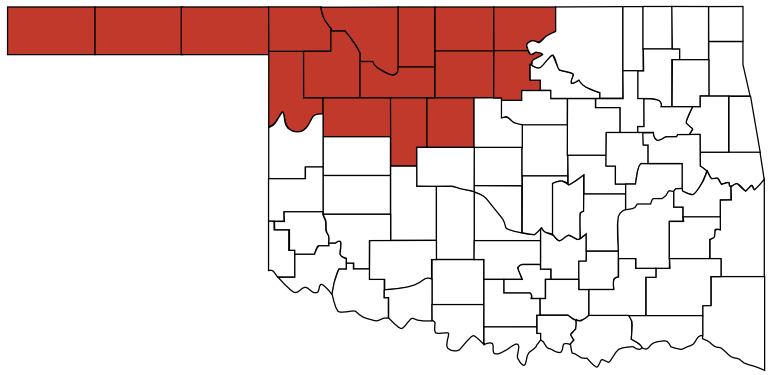 Red Carpet Country
Red Carpet Country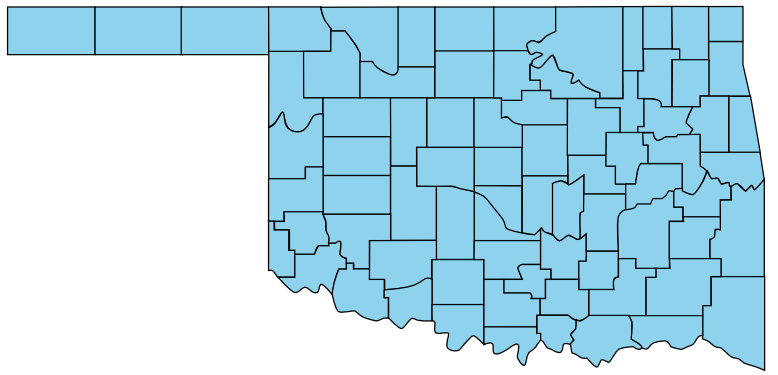 Oklahoma
Oklahoma